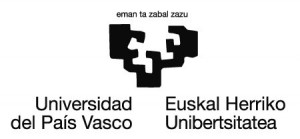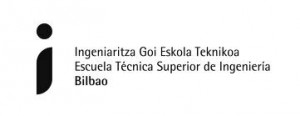We are a university research team and focus our research in the areas of Text to Speech Conversion, Speech and Speaker Recognition, and Speech Processing in general. Since 2005 we are a recognized research group of the Basque Research Network. The laboratory is part of the Basque Center for Language Technology (HiTZ) and the Department of Communications Engineering of the Faculty of Engineering of Bilbao (ETSI).
We focus in the following specific areas:
- Text to Speech Conversion: The group has its own multilingual text-to-speech conversion system, working on English, Spanish and Basque. Our AhoTTS system for Basque (aholab.ehu.es/TTS) is the only one fully developed at the Basque Country and it is freely available. It is also able to generate emotional synthetic speech.
- Speech Synthesis: A big research effort is dedicated to the synthetic speech generation algorithms and technologies, to be incorporated into the AhoTTS for its evaluation, with special attention to personalized voices and voice aims for speech disorders. Virtually all state of the art speech generation technologies have been developed and evaluated through the last 25 years.
- Prosody modelling: Prosody models and prosody generation techniques have been developed specifically for the Basque language. Special focus was on prosody analysis and conversion techniques applied to the generation of emotional speech.
- Speech recognition: The group has developed several public speech databases for the development and test of speech recognition systems for Basque, all of them available through ELRA. A reduced vocabulary isolated and connected word recognition system for Basque has also been developed, and a continuous speech recognizer is now being developed.
- Speaker recognition and speaker diarisation: We have participated in several national projects involving speaker recognition. The recognition of the speaker emotions has also been a very active and productive research field during the last years.
- Machine Listening: We work on the automatic recognition of sounds through neural networks, applying it to the detection and classification of sound events in cars and to the classification of urban acoustic environments. We have several projects with companies interested in applications in this area.











